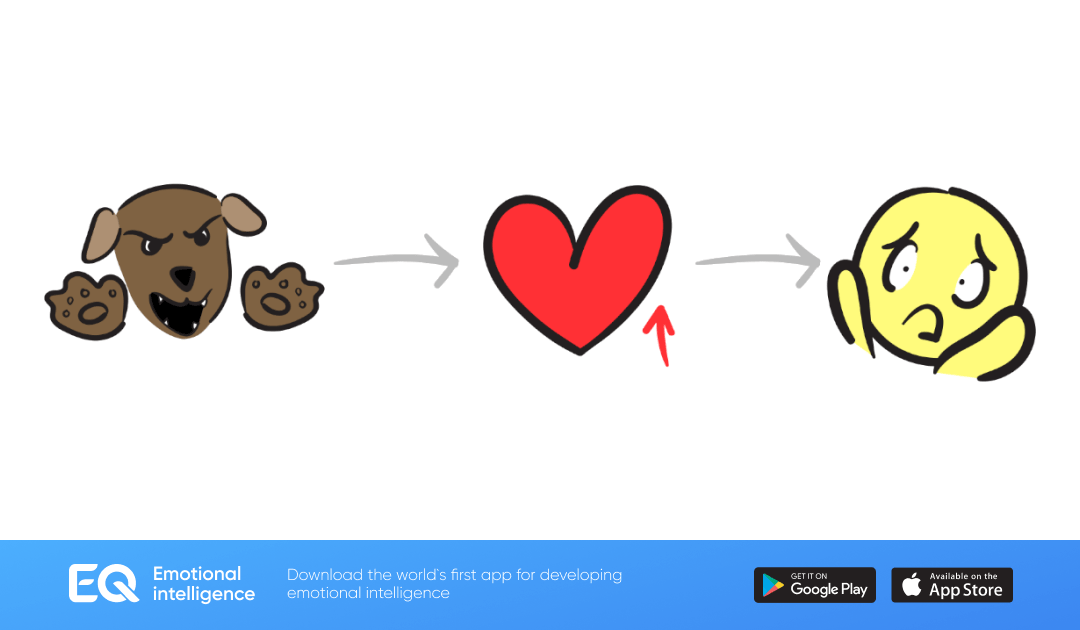James Lange’s theory was formulated in the late 19th century. Its authors – the American philosopher and psychologist William James and the Danish physician and anatomist Carl Lange were not acquainted with each other and came to the same views independently of each other.
In 1884, William James published an article in Mind entitled “What is emotion?” In which the author put forward an unexpected and paradoxical hypothesis: if we cut off emotion from its external manifestation, there will be nothing left of it. not so much the consequence of emotion as its cause.
The essence of the chronologically early somatic theory of emotions is as follows. We are afraid that we are trembling, not trembling that we are afraid; we are saddened by the tears in our eyes, not by the fact that we are sad. Thus, emotion is the awareness of physiological changes occurring in the body.
In this theory, an attempt was made to link emotional experiences and autonomic changes in the human body that accompany them. W. James and K. Lange proposed to consider the cause of emotions are these and similar somatic reactions. Thus, according to this theory, a person is sad because he cries, is angry, because he shouts, is afraid, because he is trembling or running away (and not the other way around).
Naturally, this theory has repeatedly received well-deserved criticism. The set of emotional experiences of a person is much richer and wider than the range of bodily reactions. The same organic reaction can be combined with different feelings. Thus, it has been reliably established that the release of the hormone adrenaline into the blood causes excitement. But this arousal can get different emotional coloring depending on external circumstances.
One of the phenomena to which the peripheral concept of emotions of James – Lange- can be productively applied is the mass experience of ecstatic states at concerts of popular music. The rhythmic basis of many works reproduces the accelerated rhythm of the heart. Thus, under its influence, the sympathetic nervous system is activated: in the bodies of listeners there are somatic changes, similar to the natural state of ecstasy. Physical changes induced by music lead to the experience of extremely intense emotions of pleasure.


Recent Comments